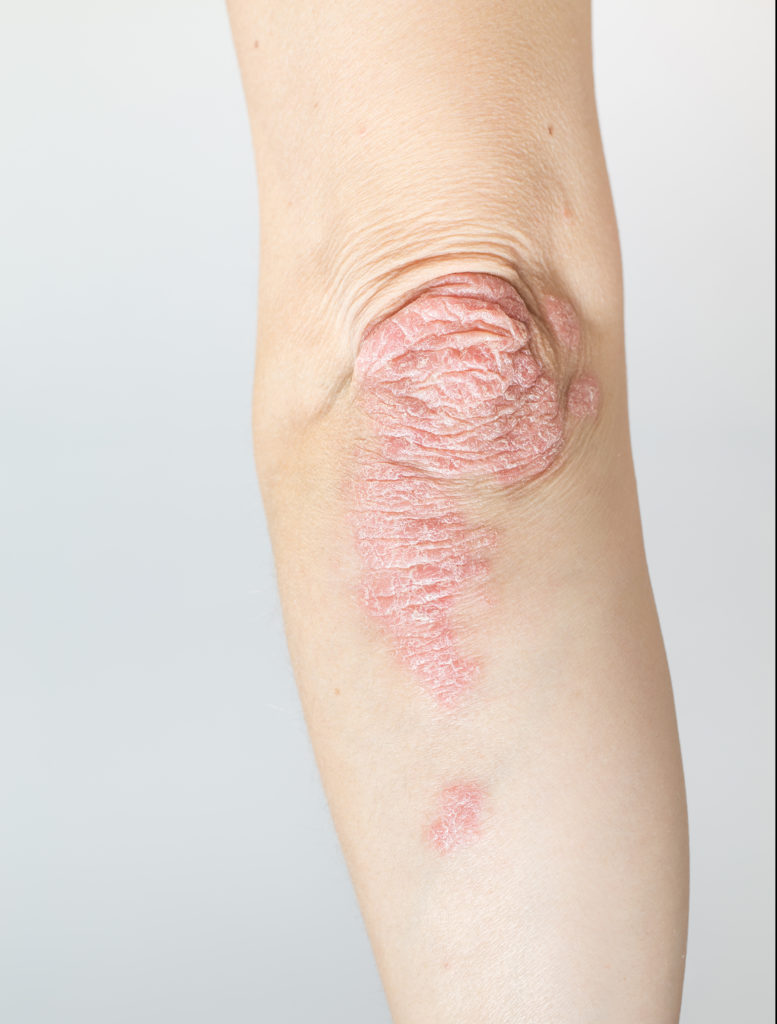Psoriatic Arthritis is a chronic (long-term) autoimmune disease. Normally, the immune system fights infections, but in autoimmune diseases, it attacks a person’s own body. In psoriatic arthritis, the immune system causes damage to the joints and areas where the muscles and cartilage connect to bones (called tendons and ligaments)
According to the National Psoriasis Foundation (NPF), up to 30 percent of people with psoriasis will develop psoriatic arthritis.
PsA, which is an inflammatory form of arthritis, affects an estimated 2.25 million Americans.*

Some symptoms of psoriatic arthritis are always present, while others appear at specific times (called “flares”).
Symptoms of psoriatic arthritis may include:
Genetics play a role in developing psoriatic arthritis. 2 out of 5 people with psoriatic arthritis have a family member with psoriasis or psoriatic arthritis. However, you may have no family history of psoriatic arthritis and still develop it.
Your environment or lifestyle could also increase your risk. Obesity, stress, infection, and injury can increase your chance of psoriatic arthritis.
Charitable estate planning is financially beneficial for families and individuals of various ages and income levels, and ensures a legacy of commitment to making a difference through funding research, while supporting ANRF’s mission.

5319 University Dr #10022
Irvine, CA 92612
800.588.2873
Tax ID #: 95-6043953
| Cookie | Duration | Description |
|---|---|---|
| cookielawinfo-checkbox-analytics | 11 months | This cookie is set by GDPR Cookie Consent plugin. The cookie is used to store the user consent for the cookies in the category "Analytics". |
| cookielawinfo-checkbox-functional | 11 months | The cookie is set by GDPR cookie consent to record the user consent for the cookies in the category "Functional". |
| cookielawinfo-checkbox-necessary | 11 months | This cookie is set by GDPR Cookie Consent plugin. The cookies is used to store the user consent for the cookies in the category "Necessary". |
| cookielawinfo-checkbox-others | 11 months | This cookie is set by GDPR Cookie Consent plugin. The cookie is used to store the user consent for the cookies in the category "Other. |
| cookielawinfo-checkbox-performance | 11 months | This cookie is set by GDPR Cookie Consent plugin. The cookie is used to store the user consent for the cookies in the category "Performance". |
| viewed_cookie_policy | 11 months | The cookie is set by the GDPR Cookie Consent plugin and is used to store whether or not user has consented to the use of cookies. It does not store any personal data. |